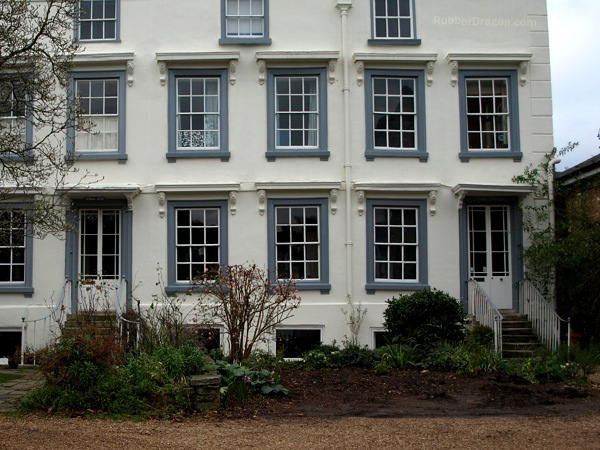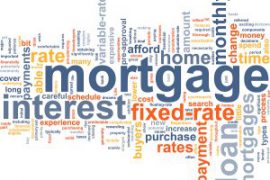Property prices have risen in many parts of the country, fuelled by an increase in demand coupled with a shortage of properties for sale. Housing prices rose by 0.4 percent in May compared to previous months, with many in-demand areas seeing prices increase by as much as 25 percent in the last twelve months.
The increase is the largest in a single month since 2007 – a year that was marked by relatively high property prices. Significant increases in housing prices have occurred primarily in the South East and London, with demand outstripping supply to a level that hasn’t been seen since 2009.
Real estate experts claim that the increase in buying property has stemmed from a number of government initiatives aimed at lowering mortgage rates and increasing access to financing. Others claim that it’s a simple supply and demand issue, with an inadequate amount of properties going on the market despite their higher value.
Many houses are currently being sold using a ‘mass open home’ format, where large groups visit a home that’s often sold later the same day. London has seen the largest increase in demand for home ownership, with a 15 percent increase accompanied by a simultaneous 0.6 percent reduction in the amount of homes available.
Despite the increase in property prices in London and the South East, many areas of the country haven’t fared so well. Prices increased by just 0.1 in Britain overall, and remained stable in the North East and North West. Speculators have focused on the volatile London market, largely avoiding short-term plays in the rest of the country.
While high property prices are advantageous for sellers and landlords, the increase in prices is hitting buyers hard. With little selling activity, many in major cities face stiff competition for houses that, just several years ago, were struggling to attract buyer interest.
Image: Flickr





